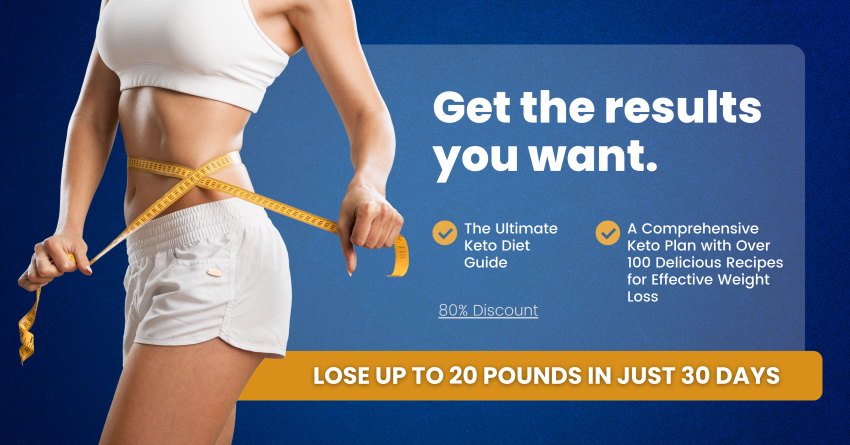The ketogenic (keto) diet has gained immense popularity in recent years, lauded for its potential to promote weight loss and enhance mental clarity. If you’re contemplating this low-carb lifestyle, this guide will help you navigate your first steps into the world of keto.
What is the Keto Diet?
At its core, the ketogenic diet is a high-fat, moderate-protein, and very low-carb eating plan. The primary goal of keto is to induce a state of ketosis, where your body shifts from using carbohydrates as its primary fuel source to burning fat. This process can lead to weight loss and improved energy levels.
Benefits of the Keto Diet
- Weight Loss: By reducing carbohydrate intake, your body taps into fat reserves for energy, promoting weight loss.
- Improved Mental Clarity: Many adherents report enhanced focus and clarity.
- Stable Energy Levels: With fewer blood sugar spikes, energy becomes more consistent.
- Potential Health Benefits: Some studies suggest potential benefits for certain health conditions, including epilepsy, type 2 diabetes, and metabolic syndrome.
Easy Steps to Start Your Keto Journey
1. Educate Yourself
Understanding the fundamentals of the keto diet is crucial. Familiarize yourself with macronutrient ratios: typically, the breakdown is around 70% fats, 25% protein, and 5% carbohydrates. Resources like books, online forums, and meal plans can provide valuable insights.
2. Clear Out Your Pantry
Begin your journey by stocking your kitchen with keto-friendly foods. Remove high-carb items to reduce temptation, including:
- Bread and pasta
- Sugary snacks and beverages
- High-carb fruits and vegetables
3. Choose Your Foods Wisely
Opt for foods that are high in healthy fats and low in carbohydrates. Here are some staples to include:
- Healthy Fats: Avocados, olive oil, coconut oil, nuts, and seeds.
- Proteins: Meat, fish, eggs, and low-carb dairy options.
- Low-Carb Vegetables: Leafy greens, broccoli, cauliflower, zucchini, and bell peppers.
- Beverages: Water, herbal teas, and black coffee.
4. Plan Your Meals
Meal planning can eradicate guesswork, ensuring you stick to your dietary goals. Consider creating a weekly menu that highlights keto-friendly recipes. Share your planned meals with family and friends to cultivate a supportive environment.
5. Monitor Your Macros
Keeping track of your macronutrients can help ensure that you stay within your desired ratios. Use apps or journals to log your food intake. Pay attention to hidden carbs in sauces and packaged foods.
6. Stay Hydrated
Switching to the keto diet can initially lead to dehydration, so it’s essential to drink plenty of water. Aim for at least 8-10 glasses a day and consider replenishing electrolytes, as keto may cause your body to excrete more sodium.
7. Expect the Keto Flu
As your body adapts to burning fat for fuel, you may experience flu-like symptoms known as the "keto flu." This can include fatigue, headache, and irritability, usually lasting a few days. Be patient and rest, ensuring you’re staying hydrated and replenishing electrolytes.
8. Find Support
Joining online forums, social media groups, or local meetups can provide encouragement, tips, and support from fellow keto dieters. Sharing your experiences can enhance your motivation and commitment.
9. Be Mindful of Social Situations
Eating out or attending gatherings can pose challenges. Research menus in advance, ask for modifications, or bring your own keto-friendly dish to share. Communicating your dietary preferences can help others understand your choices.
10. Consult a Professional
If you have underlying health conditions, it’s advisable to consult with a healthcare provider or a registered dietitian before embarking on the keto diet. They can provide personalized guidance and monitor your health as you make dietary changes.
Conclusion
Starting a keto diet can seem overwhelming, but with the right approach and resources, you can transition smoothly into this low-carb lifestyle. Embrace the journey, be patient with yourself, and enjoy the benefits that come with nourishing your body with healthy fats and low-carb foods. Your path to a healthier, more energized you starts today!








